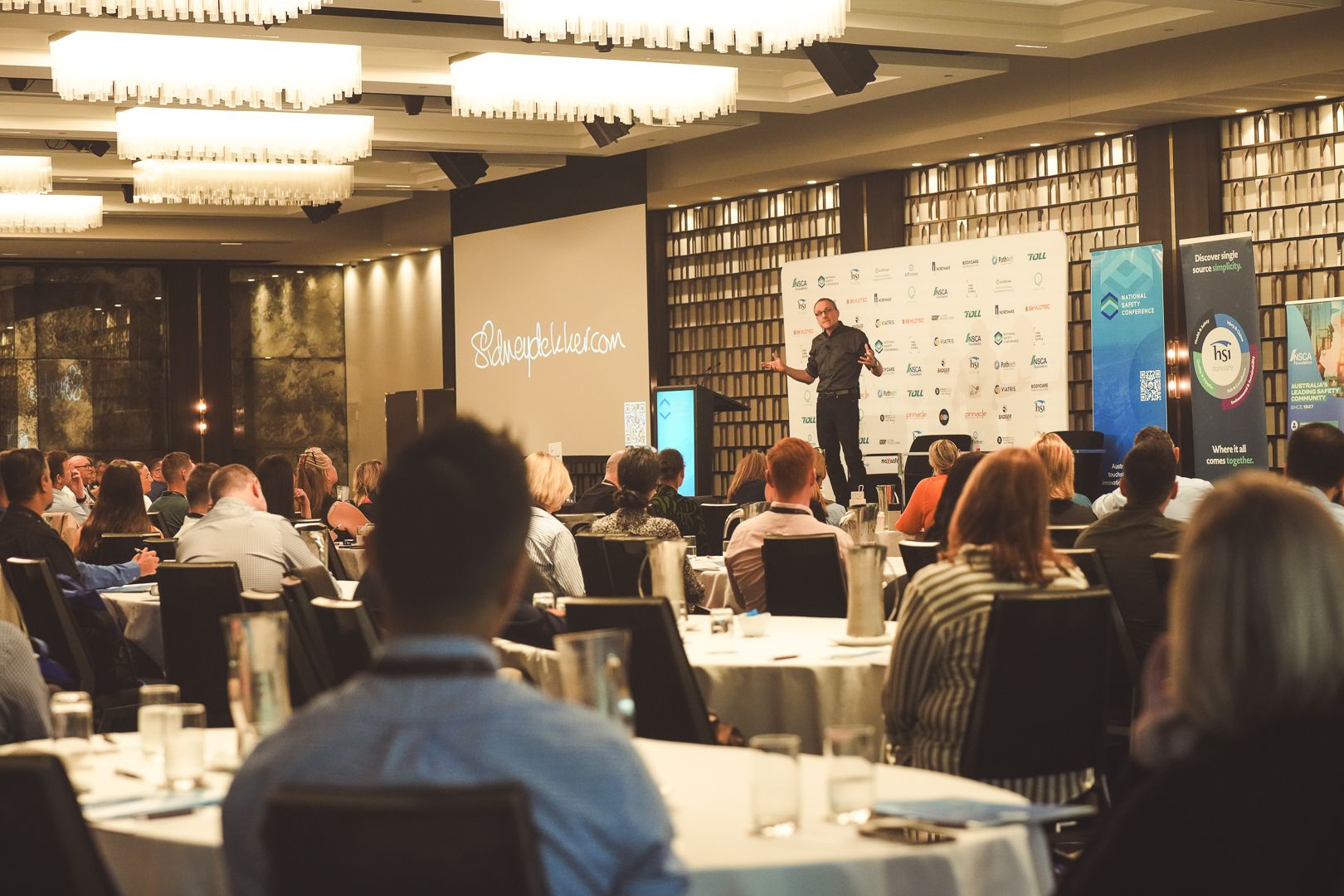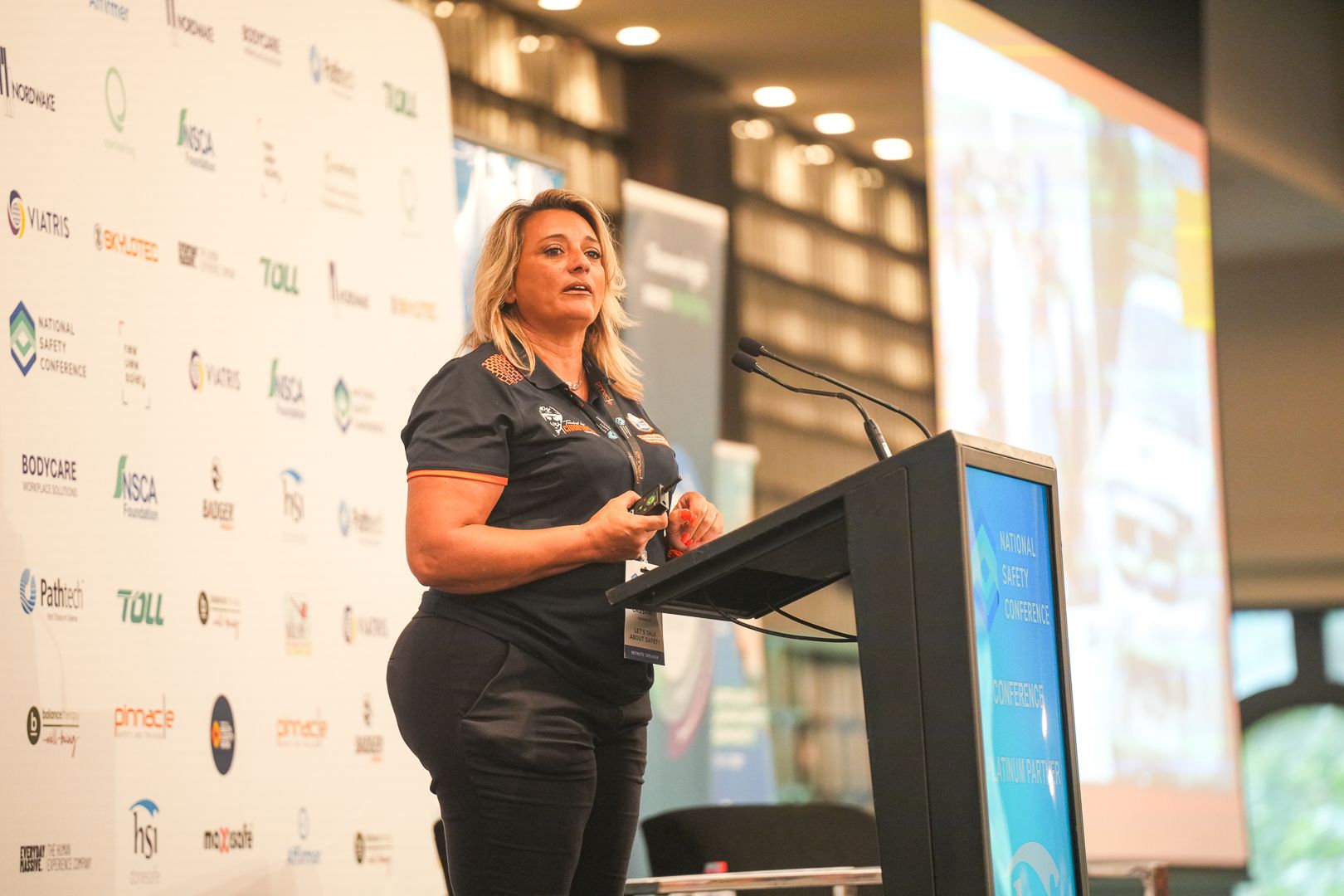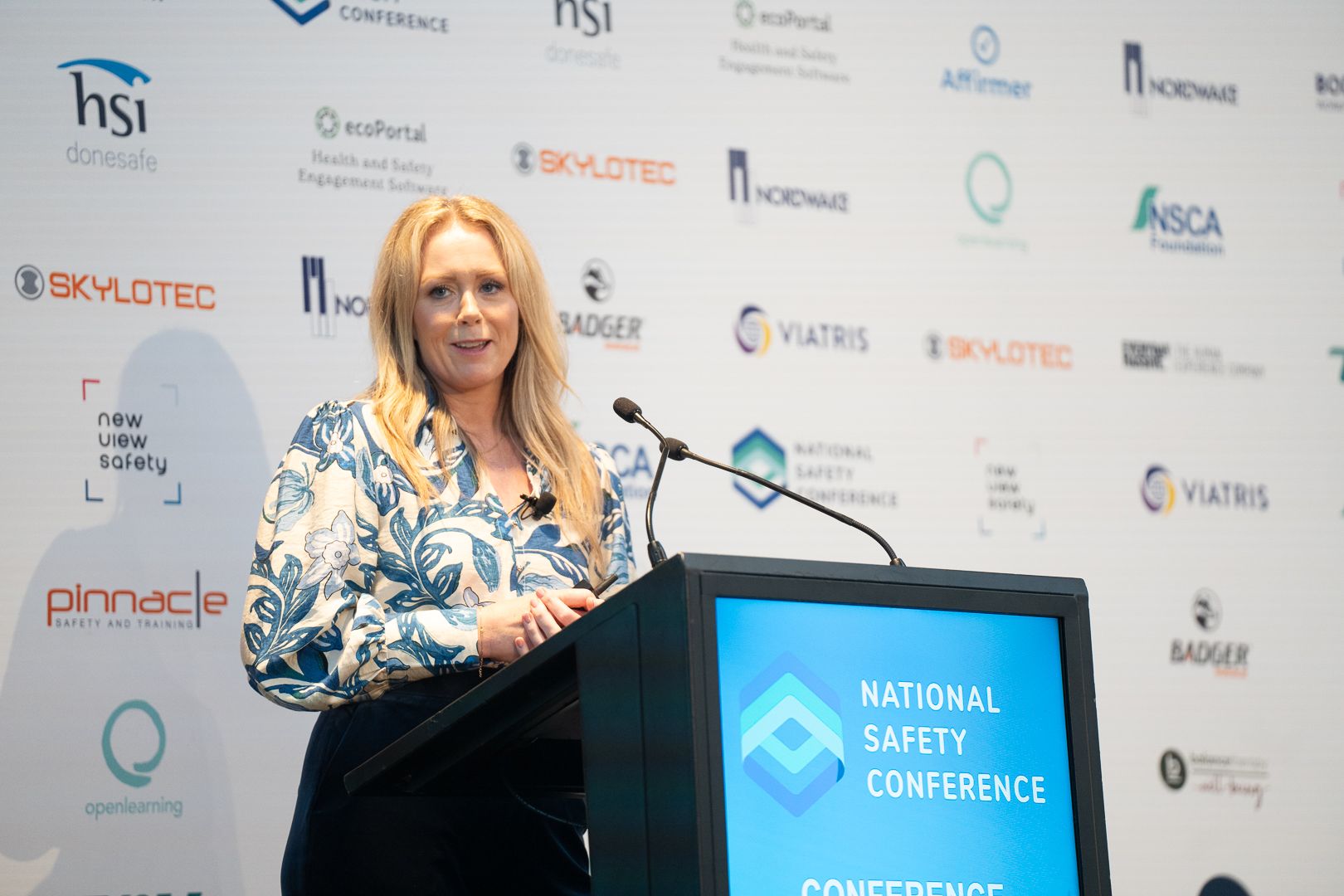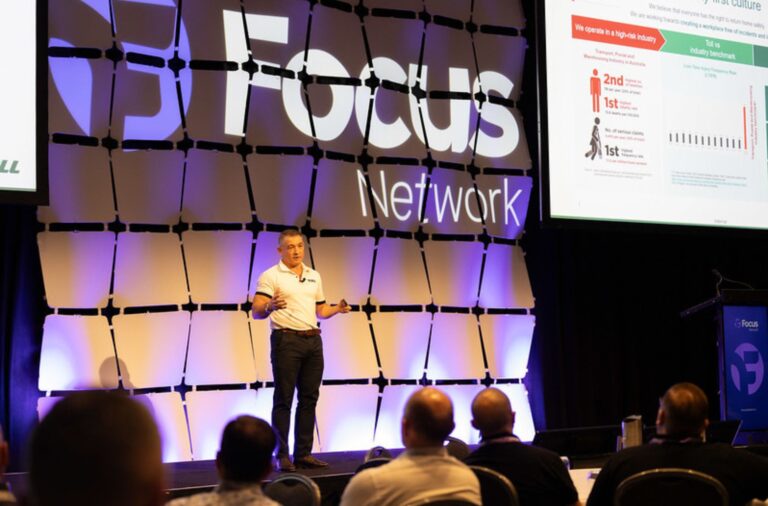
There’s a quiet but undeniable shift happening in health and safety leadership. It’s not about rules or compliance checklists. It’s people. And at this year’s NSCA National Safety Conference in Sydney, Sidney Dekker stood on stage and gave that shift a voice.
Professor, pilot, chaplain, mediator, author. Sidney is a rare kind of leader, one who challenges to improve systems, and to rethink the assumptions they’re built on. His talk wasn’t just a keynote. It was a reckoning.
“We’ve been telling people for years that safety is the absence of accidents. That’s nonsense.”
The problem with perfection: Zero harm as a seductive, harmful goal
One of Dekker’s most striking points was a challenge to the pervasive belief that safety equals the absence of incidents.
“Zero is a noble aspiration,” he acknowledged. “But it’s a terrible target.”
Why? Because it incentivizes risk secrecy, cynicism, and the kind of “safety theatre” that looks good on paper but has no real impact on how work actually happens. As put by Dekker, “We do the audit. We open the curtain. We act out the safety performance. We close the curtain. And then we get the job done.”
Worse still, Dekker explains the pursuit of zero often disconnects leaders from what’s really happening. “When all your metrics are green, you have to ask: are things actually safe, or are we just blind?”
Dekker shared the story of an offshore rig that went seven years without a recorded injury.
“126 people working on a floating platform. Not even my own house with three kids is incident-free for a week. So how do they do it? They don’t. It’s not real. It’s statistical obliteration. It’s theatre.”
When safety becomes about control, not care
“We’ve been trained to look at humans as hazards,” Sidney said. “So we build systems to contain them. But people are not the problem to control. They are the solution to harness.”
That single idea flips the script on traditional safety thinking. For decades, many systems have operated on the belief that safety is something done to people—that incidents occur because someone didn’t follow a rule, didn’t complete a form, or didn’t pay attention. But Dekker challenges us to think differently. What if incidents happen not because of individual failings, but because systems were never designed to support the real-world pressures people face?
That’s not a softening of standards. It’s a strengthening of purpose.
What safety really looks like
Capacity, dissent, and authentic leadership
Dekker’s vision of safety also hinges on the concept of capacity—the human and organizational abilities that allow people to adapt, problem-solve, and speak up.
In a hospital study, Dekker and his students looked not just at the rare cases when things went wrong, but at the twelve out of thirteen times that things went right. What did they find? “The same stuff. Workarounds. Shortcuts. Supervisory gaps. Crappy tech. What made the difference was the team’s ability to adapt, to dissent, to say, ‘This isn’t working.’”
He argues that safety comes from friction. “If everyone agrees, you’ve probably got groupthink.” True safety culture thrives when people feel safe enough to disagree, to voice concerns, and to question decisions.
“Safety comes from friction,” Dekker said. “From disagreement. From someone saying, ‘This doesn’t feel right.’”
Authentic leadership is at the heart of this approach. “It’s not about encouraging juniors to speak up. It’s about training seniors to listen.” Leaders, Dekker stressed, need to cultivate safe spaces for this kind of honest dialogue. “A safety culture is one where the boss hears bad news.”
He offered a simple, powerful phrase for leaders to use with their teams:
“If there’s anything about how we’re doing this that doesn’t feel right to you—say so. And I’ll do the same.”
Counting the Wrong Things
Too often, safety performance is measured by what didn’t happen. No incidents. No injuries. No lost time.
But Sidney warned of the false comfort that comes with absence.
“Safety is not about counting the absence of negatives,” he said. “Safety is about the presence of positive capacities.”
In other words, do your systems empower your people to adapt, respond, and make smart decisions under pressure? Or do they simply hope that nothing goes wrong?
This is where the next era of safety leadership is heading. Moving beyond lagging indicators. Shifting from a mindset of avoidance to one of resilience. And recognising that when things go right, it’s rarely because a checklist saved the day. It’s because people knew how to navigate complexity.
What happens when you do nothing?
“Are you rewarding people for reporting? Or punishing them with more work when they do?”
This was one of Dekker’s most direct challenges and one that hits close to home for many safety professionals.
When employees are asked to report hazards, near misses, or issues, what happens next can either build trust or destroy it. If reporting leads to investigations, paperwork, or blame—but no meaningful change—people stop speaking up. Not because they don’t care. But because the cost of caring feels too high.
Sidney shared a story of a worker who quietly stopped reporting.
“Every time he did, it triggered an investigation. But nothing changed. Just more forms. So he stopped. And the learning stopped with him.”
If we want insight, we have to earn it. We have to make it easy. And we have to make it matter.
Systems built to protect whom?
Dekker didn’t hold back when describing the disconnect between intent and reality in many traditional systems.
“Most safety systems aren’t designed to support humans, they’re designed to protect liability.”
It’s a powerful reminder: safety systems should exist to protect people—not paperwork. Yet in many organizations, those systems evolve into complex, compliance-heavy structures that leave frontline teams feeling burdened, not supported.
As EHS leaders, we have a choice to make. Do we continue designing around legal protection and audit readiness? Or do we rebuild with the people at the center, creating systems that are intuitive, responsive, and grounded in real work?
From blame to understanding
At the heart of Dekker’s philosophy is a call for deeper curiosity. When something goes wrong, our first question shouldn’t be “Who failed?” It should be “How did this make sense at the time?”
“Don’t ask, ‘Who screwed up?’ Ask, ‘How does this make sense?’” he said. “What was the context? What pressures were they under?”
This is all about outcomes. Because when leaders take the time to understand the conditions behind decisions, they uncover far more valuable insights than blame ever could.
“Blame fixes nothing,” Dekker added. “Understanding does.”
“You can’t safety your way into trust”
Trust isn’t a KPI. It can’t be found in a spreadsheet. But it’s the foundation for everything that works well in a high-performing safety culture.
“You can’t safety your way into trust,” Sidney said. “But you can trust your way into safety.”
That means creating environments where speaking up is easy. Where insights are welcomed, not feared. Where workers don’t have to weigh the emotional cost of engaging with your systems.
This is what modern safety leadership looks like. It’s not about enforcement. It’s about empowerment.
The Opportunity for Safety Leaders
Sidney Dekker’s message is more than a critique. It’s an invitation. To shift from reactive models to proactive ones. To move beyond metrics that measure absence, and focus instead on presence of insight, adaptability, care.
We, at HSI Donesafe, believe safety should work with people, not against them. That systems should be easy to use, configured around real roles and responsibilities, and flexible enough to meet organisations where they are.
But more importantly, we believe in building a culture where safety is not just enforced, but genuinely lived.
“Safety is something you create with people.”
Time to make sure our systems, our language, and our leadership reflect that.
About Sidney
Share:



